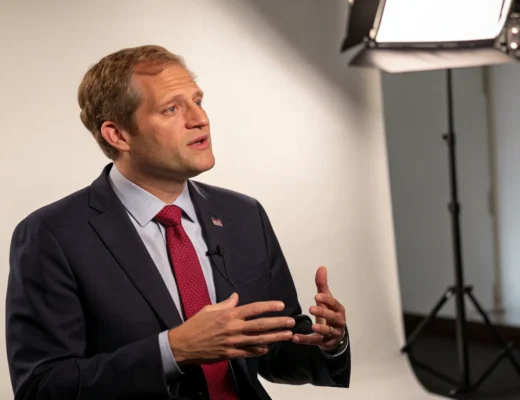India’s aviation industry has been experiencing significant changes recently. One of the most significant developments is the merger of Air India and Vistara airlines. The merger is an attempt by the industrial Tata family to rebuild its aviation empire and take on market leader IndiGo. The process of integration of the staff has started, with regulatory clearances expected to be completed by April 2024. This article will delve into the merger plans and implications for both airlines and the Indian aviation industry.
Air India and Vistara: Background Information
Air India is a government-owned airline that has been struggling financially for years. It has been the subject of multiple privatization attempts, with the most recent one being initiated in 2020. However, the coronavirus pandemic and other factors have kept potential buyers away. Vistara, on the other hand, is a relatively new airline that began operations in 2015. It is a joint venture between Tata Sons and Singapore Airlines.
There have been rumors of a merger between Air India and Vistara for a while now. However, it was only in September 2021 that the Tata group confirmed the merger plans. The merger will involve the integration of Air India’s domestic and international operations, including its low-cost subsidiary, Air India Express, with Vistara.
Implications of the Merger
The merger of Air India and Vistara has significant implications for both airlines and the Indian aviation industry as a whole.
Benefits
- Improved operational efficiency: The merger will allow for better utilization of resources and increased operational efficiency. The combined entity will have a larger fleet, which will enable it to offer more flights and routes.
- Increased market share: The merger will create a formidable competitor to market leader IndiGo. The combined entity will have a market share of around 25%, making it the second-largest airline in India.
- Better financial performance: Air India has been struggling financially for years, with the government having to bail it out multiple times. The merger will allow Air India to benefit from Vistara’s financial stability and market position.
- Improved customer experience: Vistara is known for its excellent customer service, which will be extended to Air India’s customers after the merger.
Challenges
- Integration challenges: Merging two airlines is a complex process that can take years to complete. The integration process will involve aligning the two airlines’ systems, processes, and cultures.
- Regulatory hurdles: The merger will require regulatory approvals from various bodies, including the Competition Commission of India. The approvals can take time and introduce uncertainty into the process.
- Employee resistance: The merger will involve the integration of two workforces, which can lead to job losses and changes in working conditions. The unions representing Air India’s employees have already expressed their opposition to the merger.
Conclusion
The merger of Air India and Vistara is a significant development in the Indian aviation industry. The combined entity will have a larger market share, improved operational efficiency, and better financial performance. However, the integration process will face several challenges, including regulatory hurdles and employee resistance. It remains to be seen how the merger will pan out and whether it will achieve the desired outcomes.
FAQ
What is the merger between Air India and Vistara?
The merger involves the integration of Air India’s domestic and international operations, including its low-cost subsidiary, Air India Express, with Vistara.
When will the merger be completed?
Regulatory clearances are expected to be completed by April 2024.
What are the benefits of the merger?
The merger will result in improved operational efficiency, increased market share, better financial performance, and improved customer experience.
What are the challenges of the merger?
The merger will face challenges in the integration process, regulatory approvals, and employee resistance.
First reported on
Bloomberg







